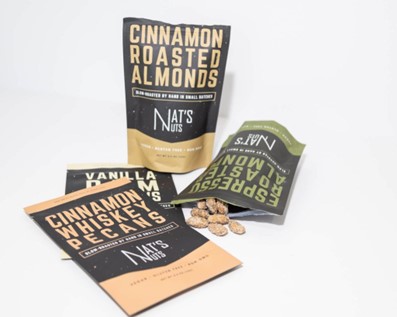Post-Consumer Recycled Market: Forecasts to 2029

The PCR packaging market is projected to grow at a CAGR of 8.52%, increasing from 4.18 million tonnes in 2023 to 6.81 million tonnes by 2029, driven by sustainability goals and regulatory mandates.
The global market for post-consumer recycled (PCR) packaging in food and beverages is undergoing a significant transformation, as outlined in the recent study from Mordor Intelligence, “Global PCR Packaging Market for Food and Beverages Applications (2024–2029).” This comprehensive analysis sheds light on the growing importance of sustainability in packaging, driven by technological advancements, consumer demand, and regulatory mandates.
Sustainability and Regulations Boost the PCR Packaging Market
The market is projected to grow at a compound annual growth rate of 8.52%, increasing from 4.18 million tonnes in 2023. By 2029, the market volume will reach 6.81 million tonnes, driven largely by regulatory mandates promoting recycled content in packaging. For example, the EU directive requires 25% recycled content in plastic bottles by 2025, encouraging demand for PCR materials worldwide. Similarly, California’s law mandating 50% post-consumer recycled (PCR) content in beverage containers by 2030 further accelerates this market expansion.

PCR market drivers and challenges. Taken from Mordor Intelligence.
Furthermore, growing consumer demand for eco-friendly products and corporate sustainability initiatives are accelerating the adoption of PCR packaging.
Technological Advancements in Recycling
Moreover, advances in recycling technologies, particularly chemical methods, paired with growing investments in infrastructure, have significantly improved the market’s ability. Additionally, chemical recycling techniques like pyrolysis and depolymerization break plastics into molecular components, enabling higher-quality recycled outputs for broader applications. These methods complement traditional mechanical recycling, enhancing the ability to process diverse and contaminated waste streams.
Read also: Advances in PTFE Recycling
On the other hand, advancements in additives, including barrier properties and antioxidants, further improve the functionality and longevity of PCR packaging. These innovations ensure that the packaging meets food safety standards while maintaining product integrity, such as preventing oxidation and maintaining shelf life.
Market Dynamics: PET Dominance and Flexible Packaging Growth
Polyethylene terephthalate (PET) continues to lead the PCR packaging market, commanding 61.68% of the total volume in 2023. PET dominates due to its superior recyclability and versatile applications in food and beverage packaging, establishing it as a cornerstone of sustainable solutions. In addition to PET’s prominence, the flexible packaging segment is emerging as a rapidly growing format, projected to achieve a compound annual growth rate (CAGR) of 10.12%.

Volume of PCR packaging for food and beverage applications. Taken from Mordor Intelligence.
Flexible packaging’s lightweight and resource-efficient design not only supports cost-saving objectives but also aligns with global sustainability goals, making it increasingly appealing for manufacturers aiming to reduce their environmental footprint.
Regional Insights: Europe’s Leadership and Asia-Pacific’s Growth
Europe continues to lead the global PCR packaging market, contributing over 50% of the total share in 2023. Stringent environmental regulations, including the EU’s mandate requiring 25% recycled content in plastic bottles by 2025, drive this dominance.
These policies, combined with high consumer demand for sustainable solutions, have positioned Europe as a leader in adopting PCR materials. Meanwhile, emerging markets in Asia-Pacific, particularly China and India, are driving the fastest growth rates by rapidly increasing investments in recycling infrastructure and implementing supportive government initiatives to promote sustainability.
Challenges and Opportunities
Although contamination and limited PCR material supply remain challenges, ongoing investments in technology and infrastructure aim to alleviate these issues. Furthermore, the growing focus on circular economy principles will encourage collaboration across industries, driving the adoption of PCR packaging.
Read full report here: PCR Packaging For Food And Beverages Applications Market Size & Share Analysis – Growth Trends & Forecasts (2024 – 2029)
